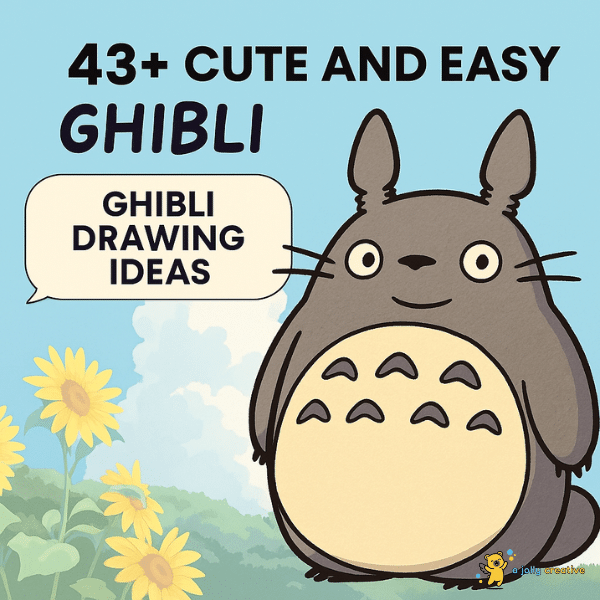Dive into the magical world of Studio Ghibli with super fun drawing ideas! From cuddly Totoro to mysterious No-Face, these awesome characters are perfect for every one to sketch, no matter if you’re new to art or a drawing pro.
These easy Ghibli drawings let you create cute characters with simple shapes that burst with personality! Whether you’re just starting or looking for cool Ghibli sketch ideas, you’ll love turning these beloved characters into your own art. Grab a pencil and let’s make some Ghibli-tastic drawings!
My Neighbor Totoro
How to Draw Totoro
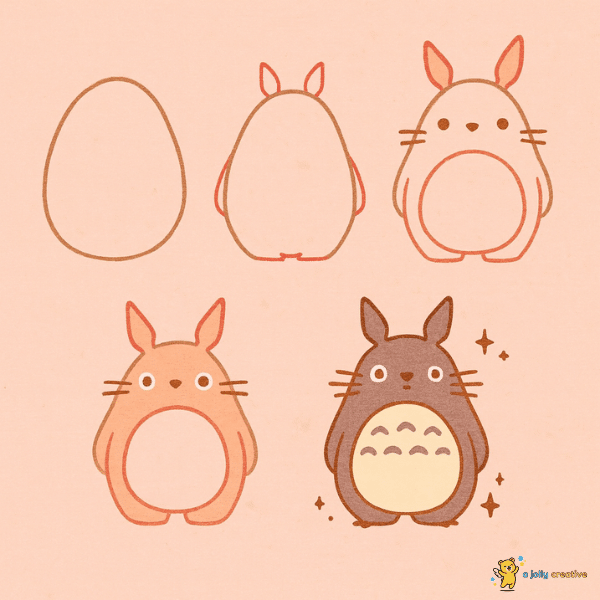
Creating the iconic forest spirit starts with understanding Totoro’s simple geometric foundation. Begin with an oval body shape, slightly wider at the bottom, then add his distinctive pointed ears that curve gently backward.
Totoro
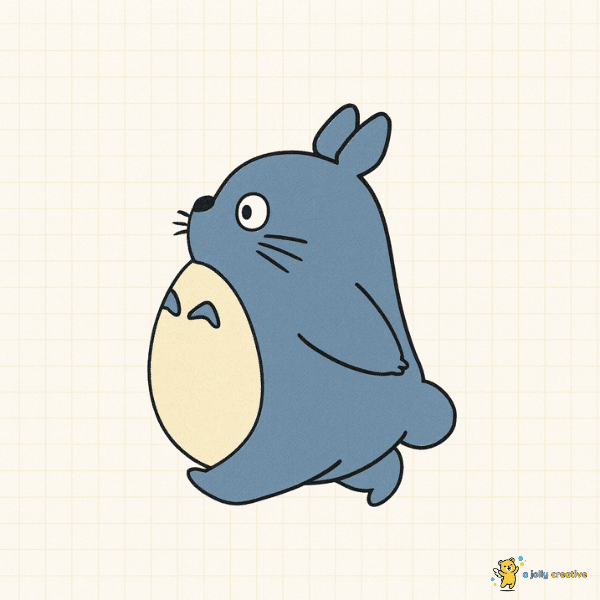
Mini Totoro variations offer delightful practice opportunities for beginners. These smaller versions maintain the same proportions but allow for more playful expressions and dynamic poses.
The Three Totoros
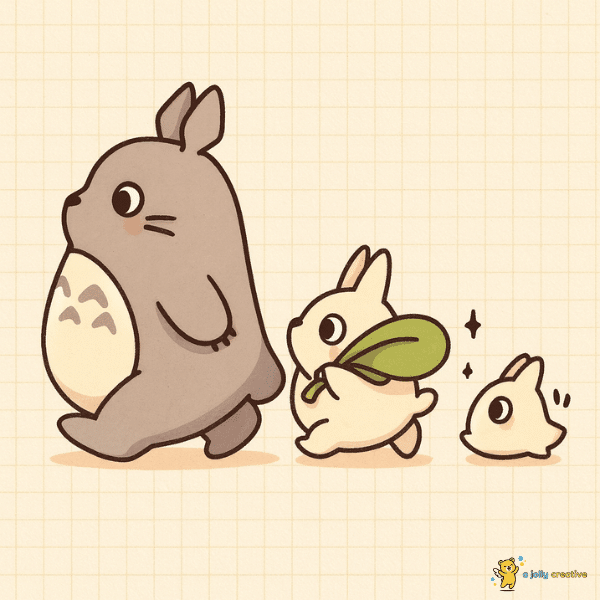
Drawing all three Totoros together creates compelling compositions that showcase size relationships and family dynamics.
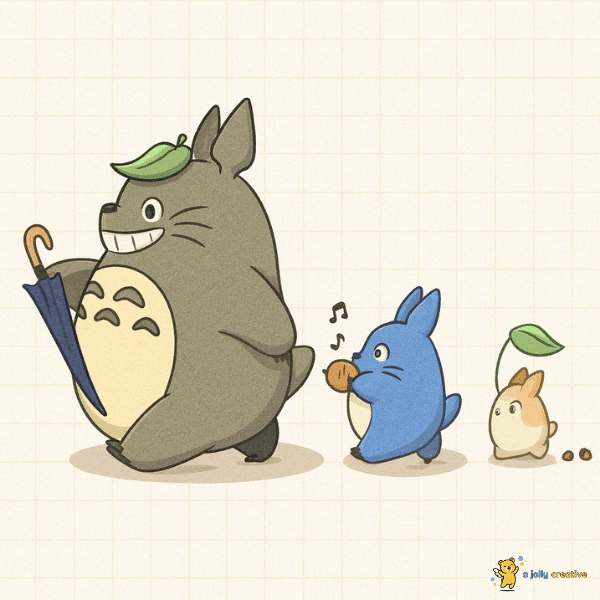
Position Big Totoro in the center as the anchor, with Medium Totoro slightly forward and Mini Totoro playfully positioned to create visual balance.
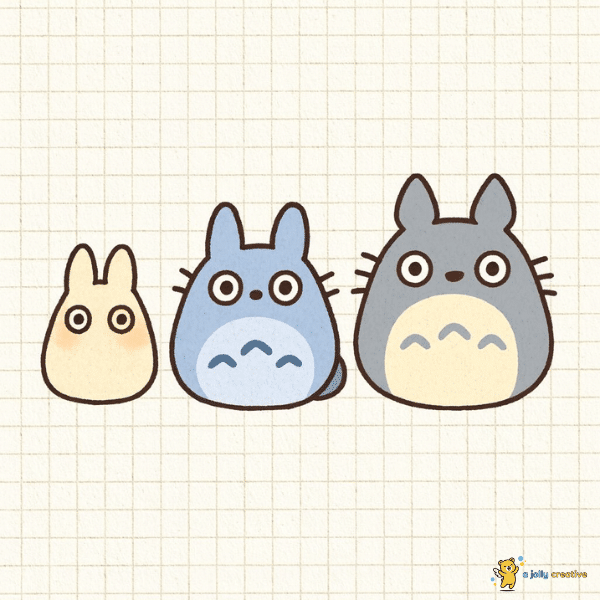
Color coordination becomes crucial when drawing the trio. Big Totoro’s grey fur contrasts beautifully with Medium Totoro’s blue tones and Mini Totoro’s pristine white coat, creating natural visual hierarchy in your artwork.
Totoro Bundles
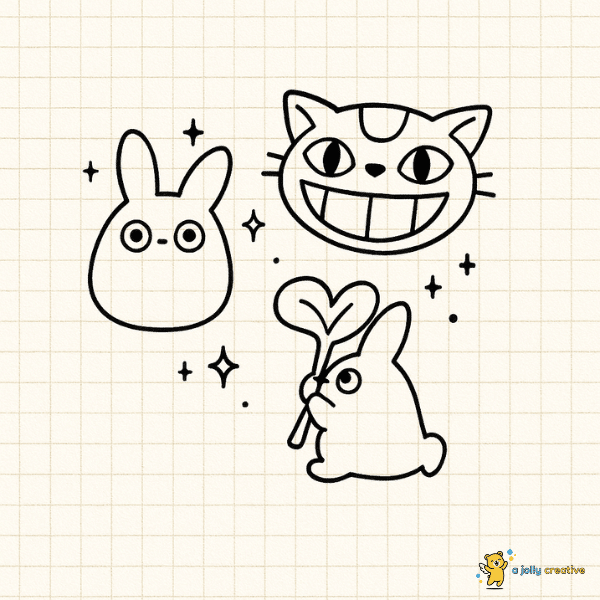
Group compositions featuring multiple Totoros create heartwarming scenes that tell stories without words.
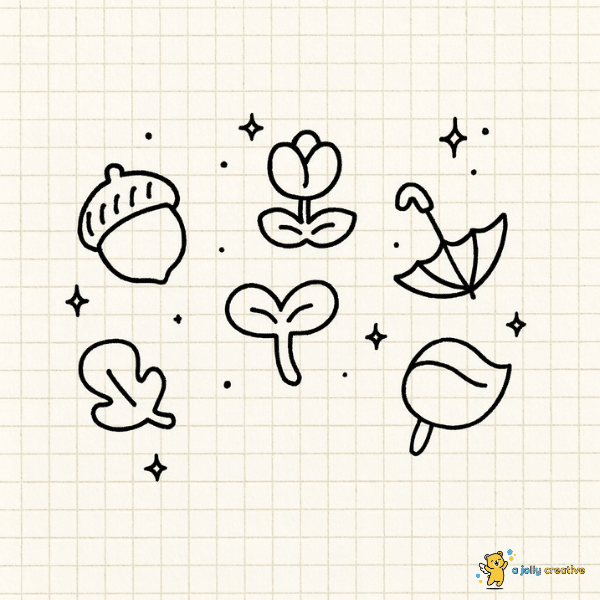
Arrange them in cozy huddles, sleeping piles, or playful formations that demonstrate their strong family bonds and community spirit.
Mini Totoro
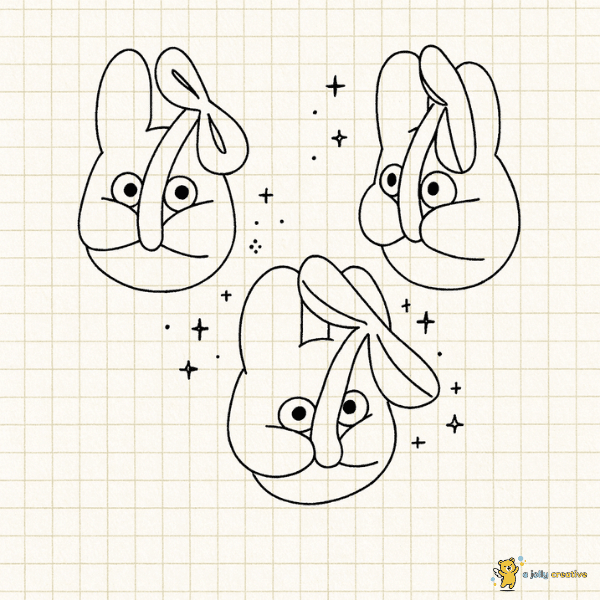
Chibi-style Mini Totoro amplifies the character’s inherent cuteness through exaggerated proportions.
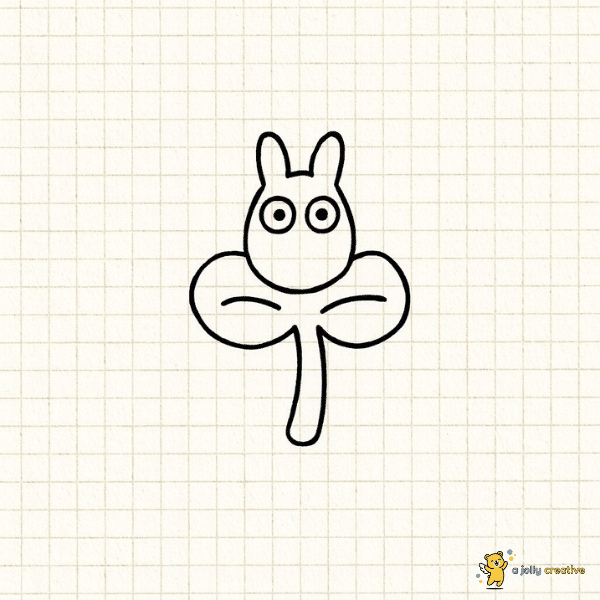
Enlarge the head relative to the body, creating an adorable ratio that emphasizes innocence and playfulness in your simple ghibli art.
You may also like to read: How to Make a Spirited Away Mini Bead Flower Bouquet Complete Tutorial
Spirited Away
How to Draw Soot Sprites
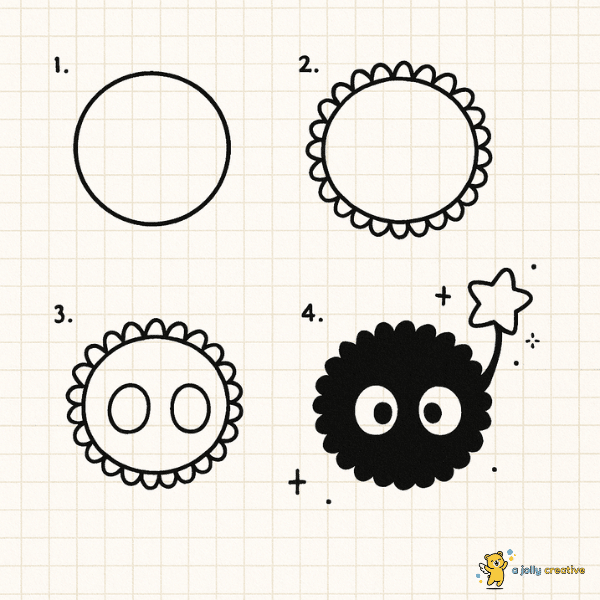
Soot Sprites represent some of the most approachable easy ghibli drawings for absolute beginners. Start with perfect black circles, then add tiny stick-like arms and legs that extend from the central body mass.
Soot Sprites
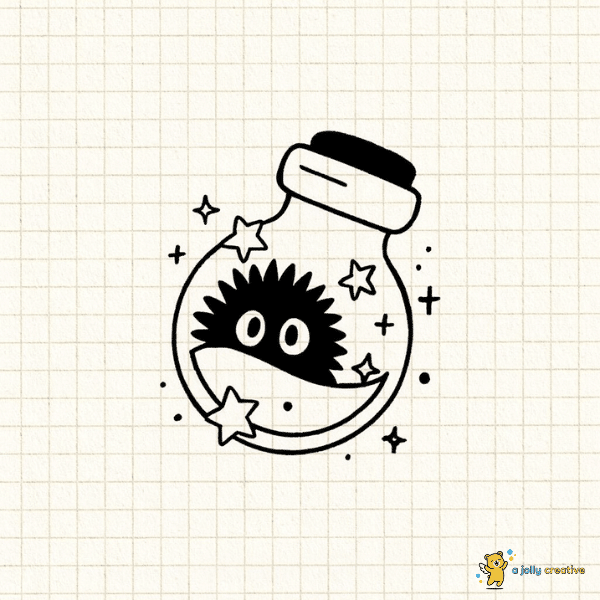
Movement and energy define successful Soot Sprite drawings. Show them carrying coal pieces.
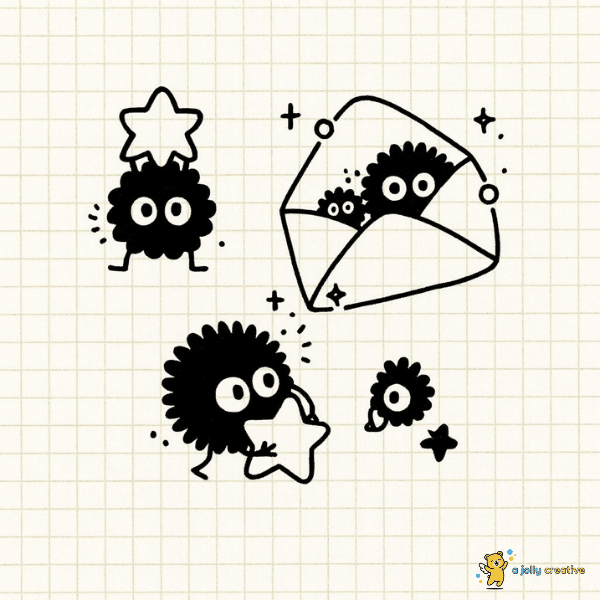
climbing stairs, or tumbling through scenes with dynamic action lines that suggest constant motion and industrious activity.
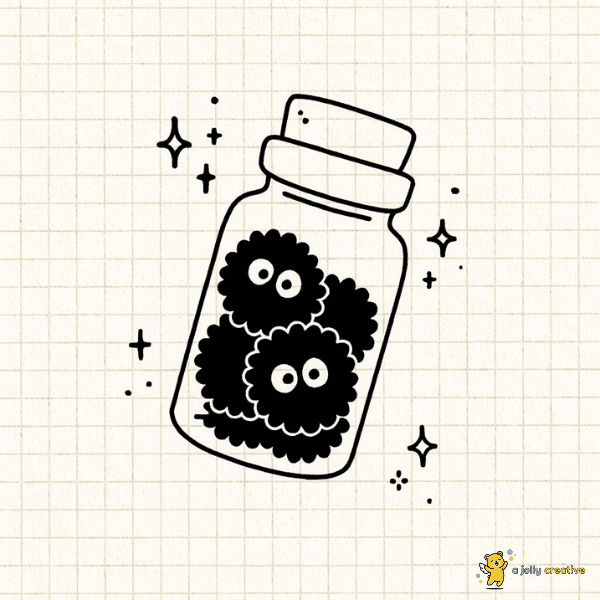
Clustering multiple Soot Sprites creates busy, engaging scenes that mirror their appearance in Spirited Away.
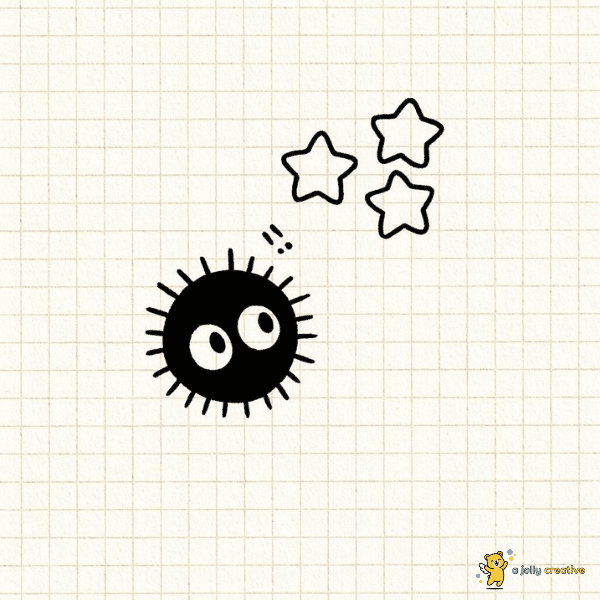
Vary their sizes slightly and position them at different angles to avoid monotonous repetition.
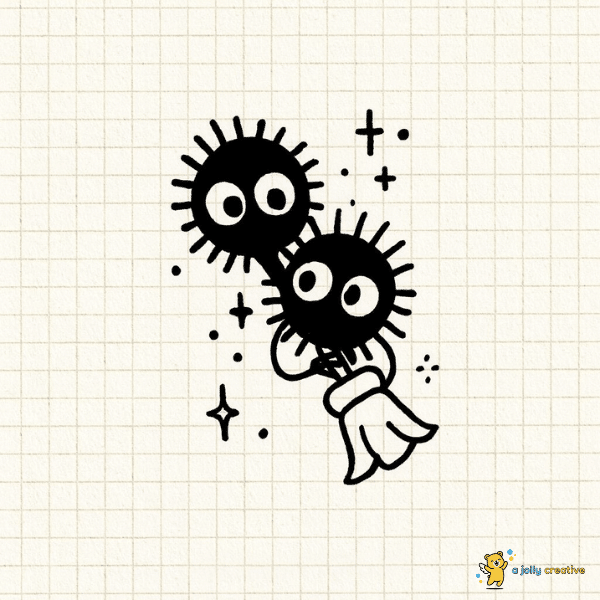
Haku Dragon Form
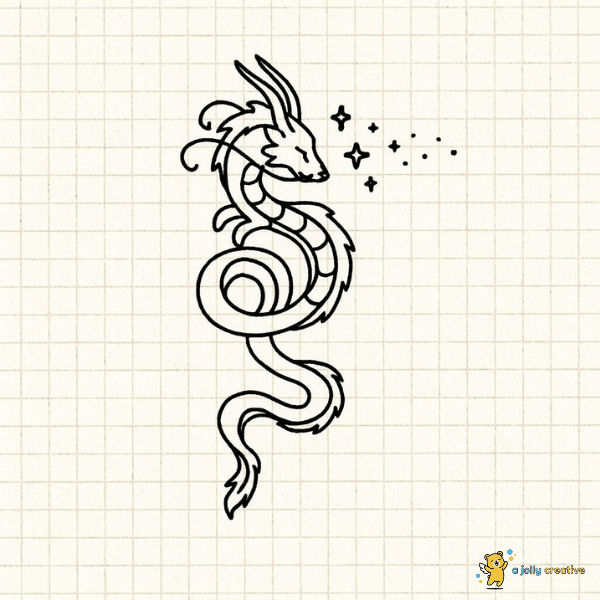
Haku’s serpentine dragon form challenges artists to master flowing, curved lines that suggest graceful movement through air and water.
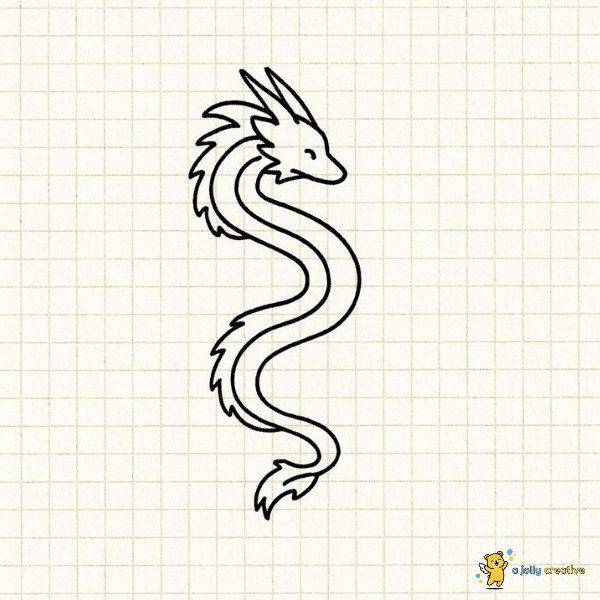
His body undulates in S-curves that create dynamic compositions full of energy and mysticism.
Mouse and Bird
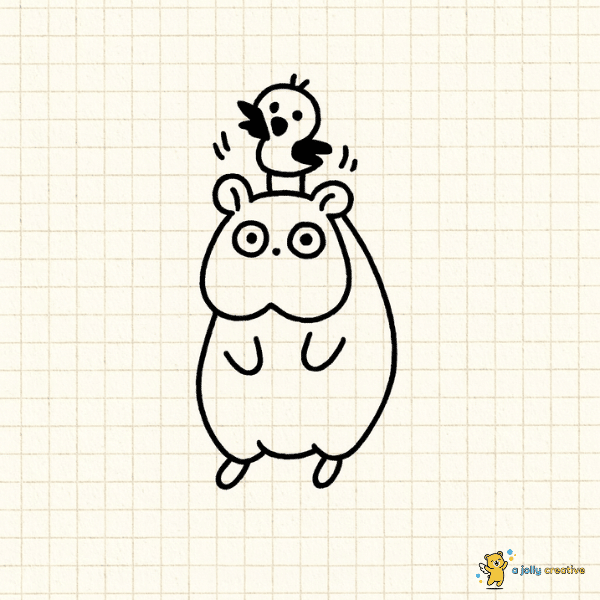
Yubaba’s transformed parents offer unique drawing challenges that combine human characteristics with animal features.
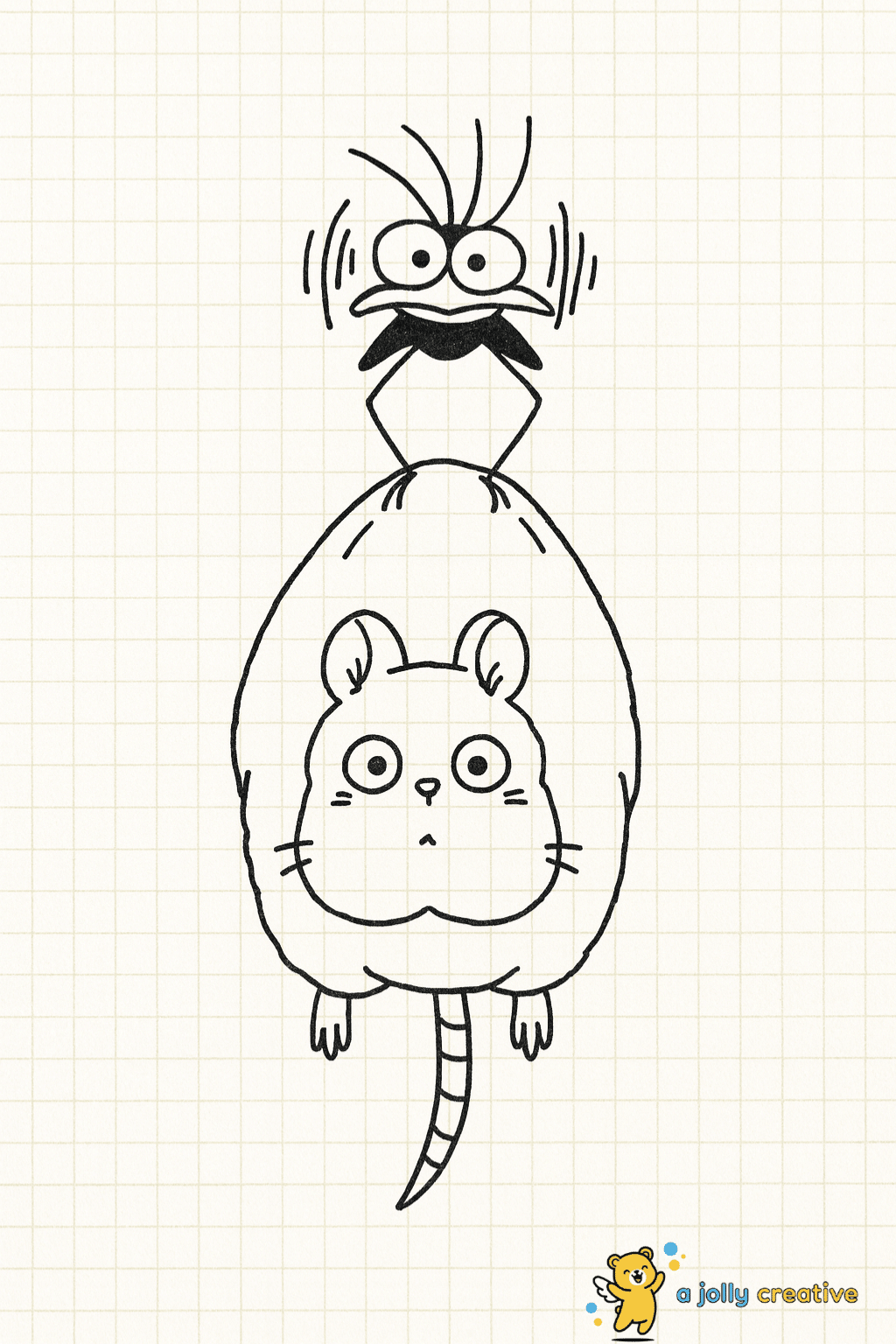
The mouse retains recognizable facial features while adopting rodent proportions and behaviors.
DUCKS
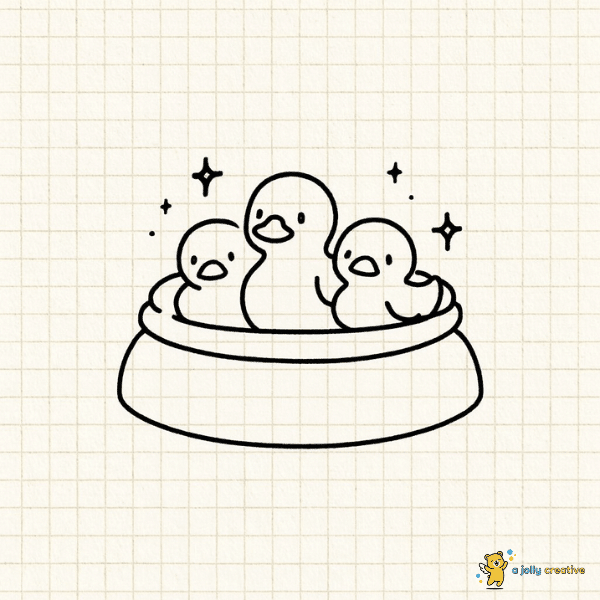
The transformation sequence ducks provide whimsical subjects for studio ghibli drawing tutorial practice.
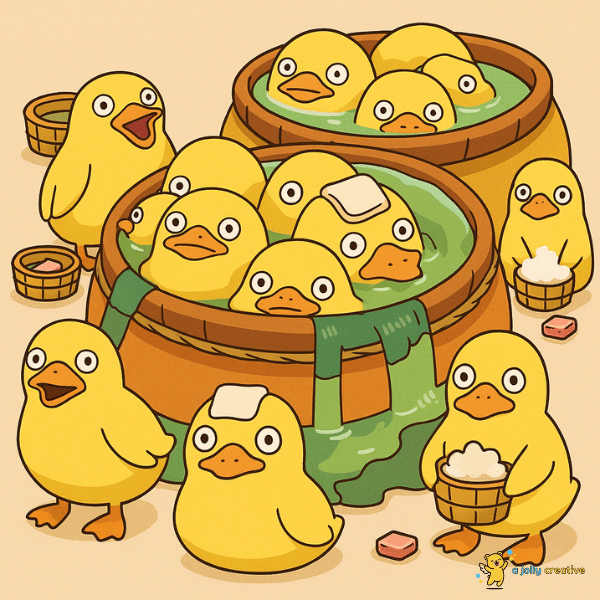
Rubber duck aesthetics influence their design, with smooth, rounded forms and simplified features that make them perfect subjects for beginning artists seeking cute drawings with minimal complexity.
Shikigamis
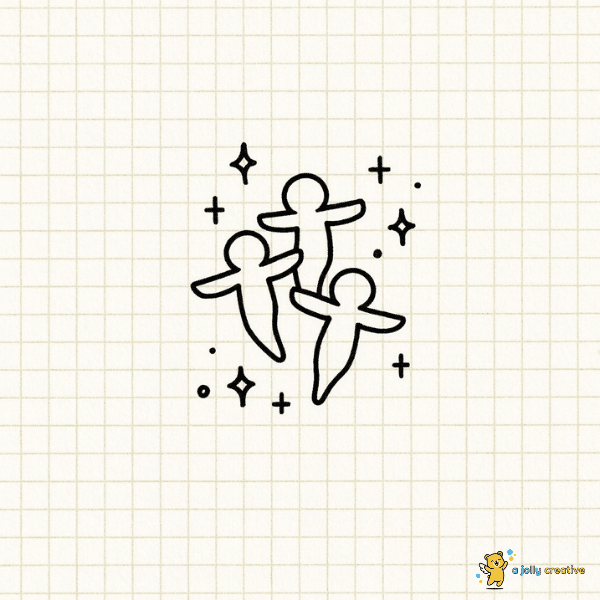
Paper bird shikigamis combine geometric origami-inspired shapes with supernatural movement and purpose. Draw them as angular, folded paper constructions that maintain sharp edges and precise geometric relationships.
No Face
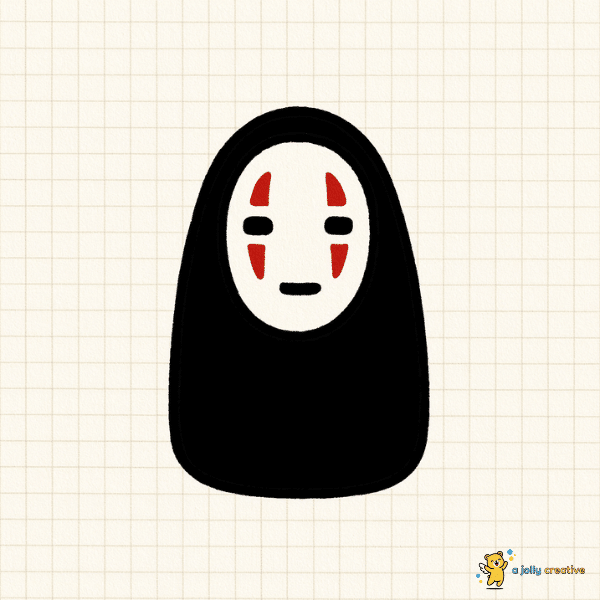
No-Face’s mysterious presence starts with his distinctive mask-like face floating above a shapeless black body.
Face Shot
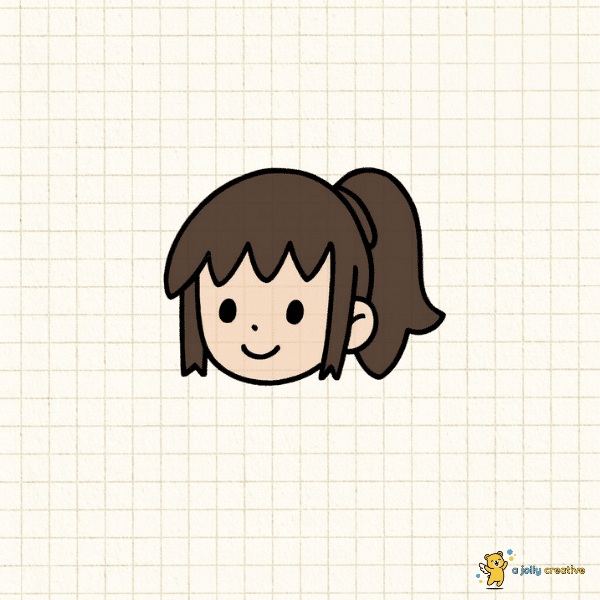
Close-up No-Face portraits focus entirely on capturing the subtle emotional nuances possible within his minimal facial features.
If you’re interested, check out: 23+ Cute & Free Amigurumi Crochet Patterns for Beginners
Howl’s Moving Castle
How to Draw Calcifer
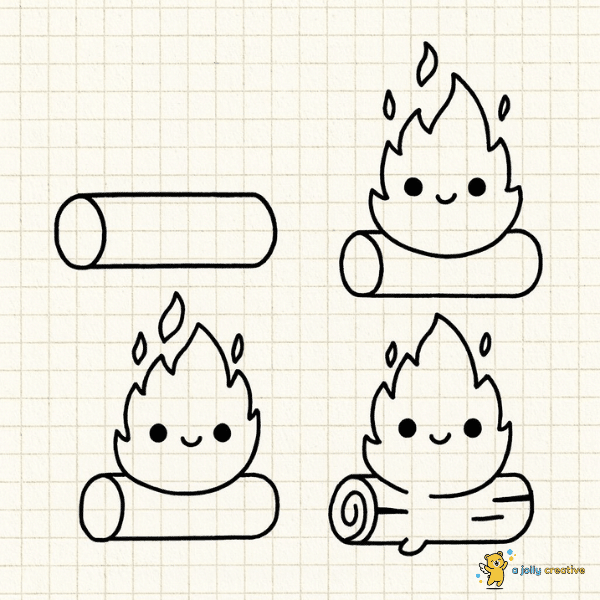
Calcifer’s flame anatomy requires understanding how fire moves and flickers while maintaining his distinctive facial features. His orange and blue flames dance upward in organic, ever-changing shapes that suggest constant movement and energy.
Turnip Head
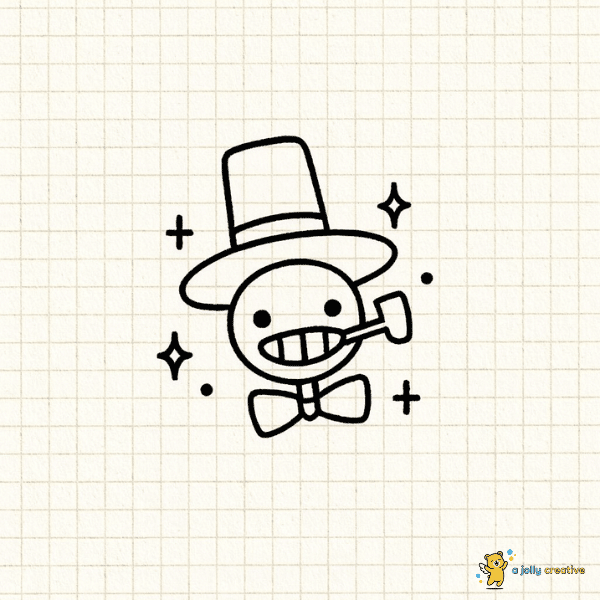
Turnip Head’s scarecrow construction combines simple stick-figure anatomy with charming details like his turnip head, straw hair, and tattered clothing that flutters in the wind.
Face Shots
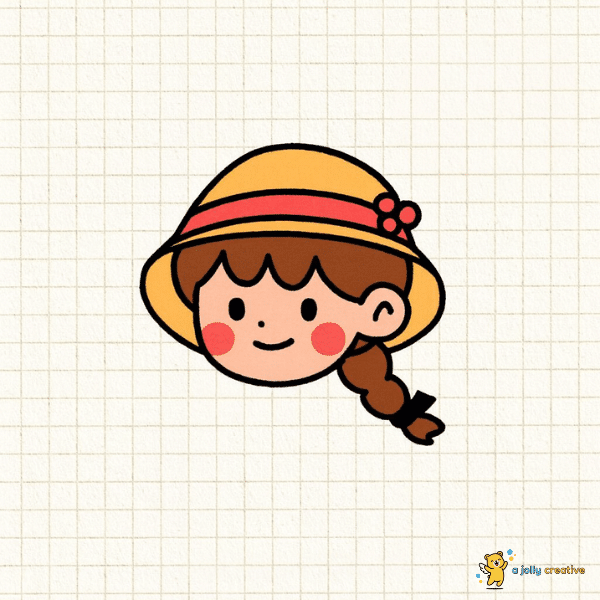
Character face shot techniques apply across all Ghibli characters but require individual approaches for each personality.
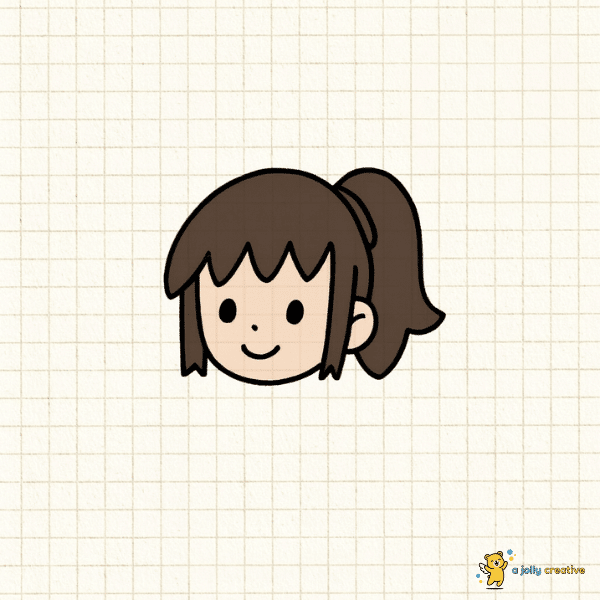
Focus on the unique features that distinguish each character while capturing their essential emotional qualities.
Calcifer
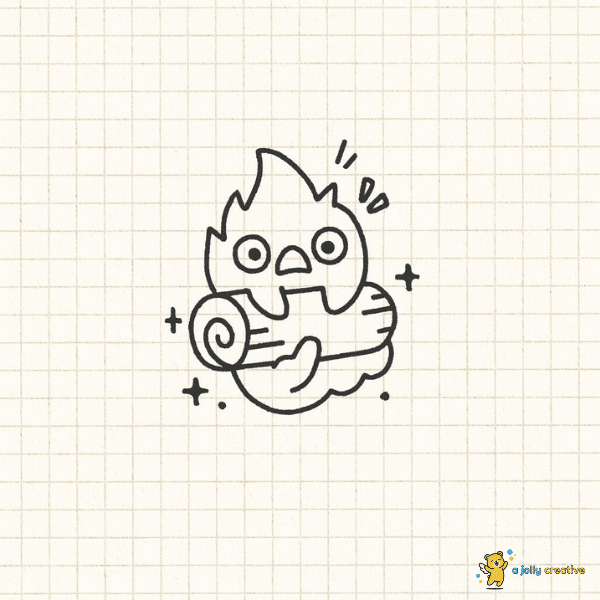
Different flame intensities reflect Calcifer’s various emotional states and power levels.
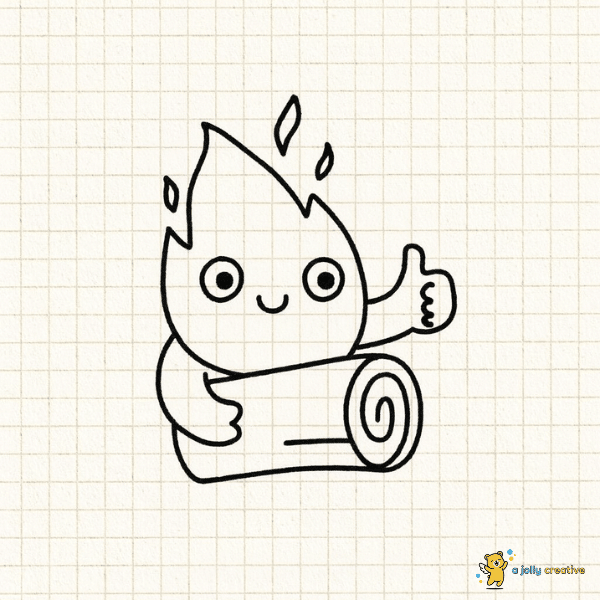
Angry Calcifer burns brighter with more aggressive flame shapes, while content Calcifer maintains smaller, gentler fires that suggest comfort and warmth.
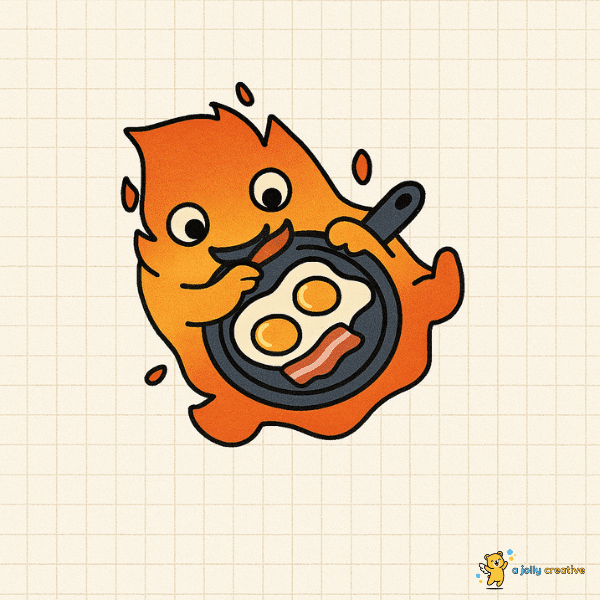
Color gradations from deep orange cores to bright yellow tips create realistic fire effects that enhance Calcifer’s magical presence in your ghibli drawing inspiration.
You might find this interesting: 23+ Free Duck Amigurumi Patterns You’ll Absolutely Love
Kiki’s Delivery Service
How to Draw Jiji
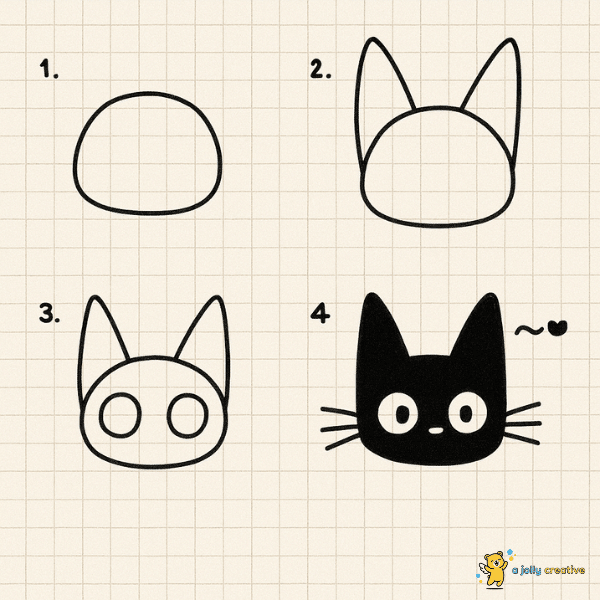
Jiji’s cat anatomy follows realistic feline proportions while emphasizing his expressive personality through enlarged eyes and exaggerated facial expressions that convey his sarcastic wit and loyal friendship.
Jiji
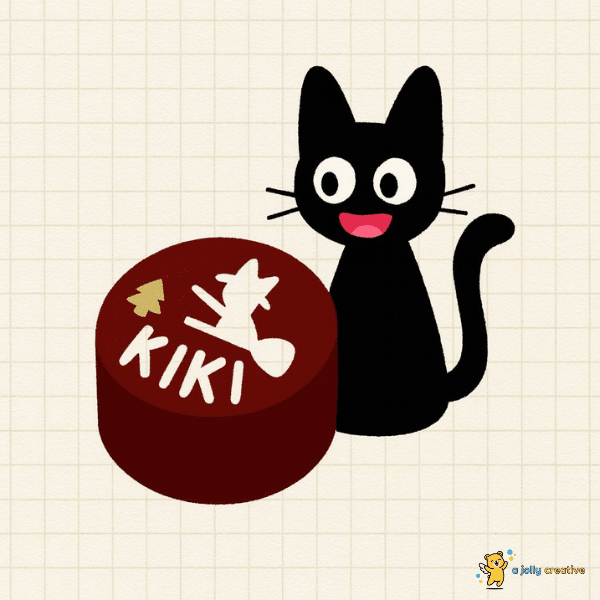
Dynamic cat poses showcase Jiji’s acrobatic abilities and confident personality.
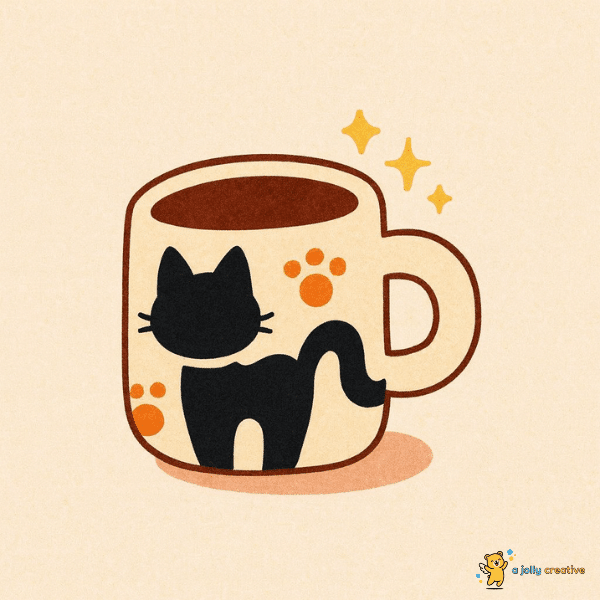
Draw him perched on broomsticks, leaping between rooftops, or striking dramatic poses that emphasize his theatrical nature.
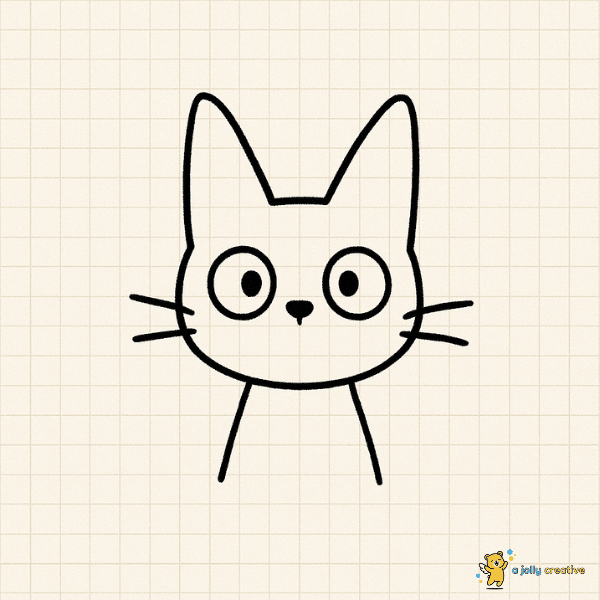
Interaction scenes with Kiki demonstrate their close friendship through body language and positioning that suggests conversation, comfort, and mutual support throughout their adventures.
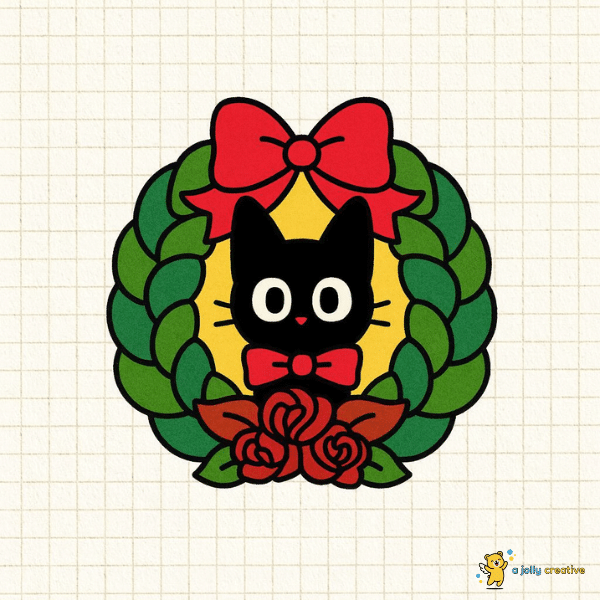
Jiji’s cat anatomy follows realistic feline proportions while emphasizing his expressive personality through enlarged eyes and exaggerated facial expressions that convey his sarcastic wit
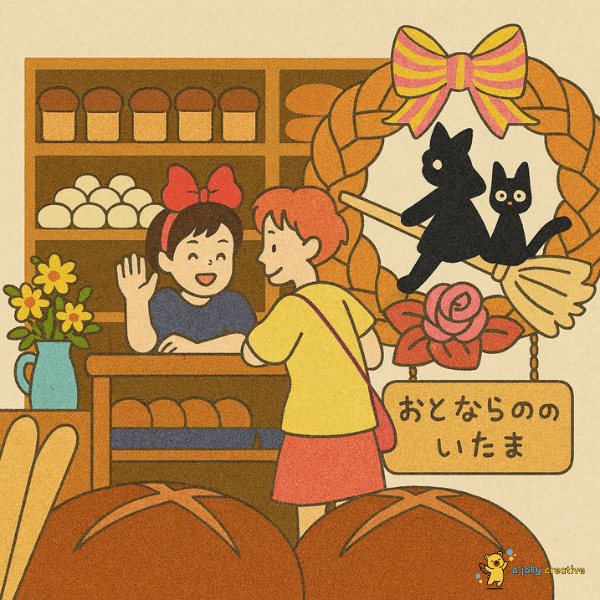
And loyal friendship with Kiki throughout their magical adventures.
You might find this interesting: 22+ Free Crochet Dragon Patterns You Need to Try
Ponyo
Ponyo and Bucket
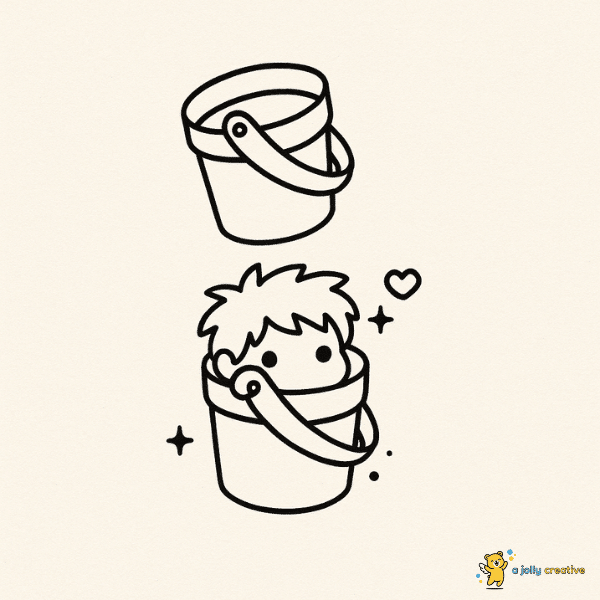
Ponyo’s fish-human hybrid anatomy requires balancing marine and human characteristics in a design that feels natural and believable.
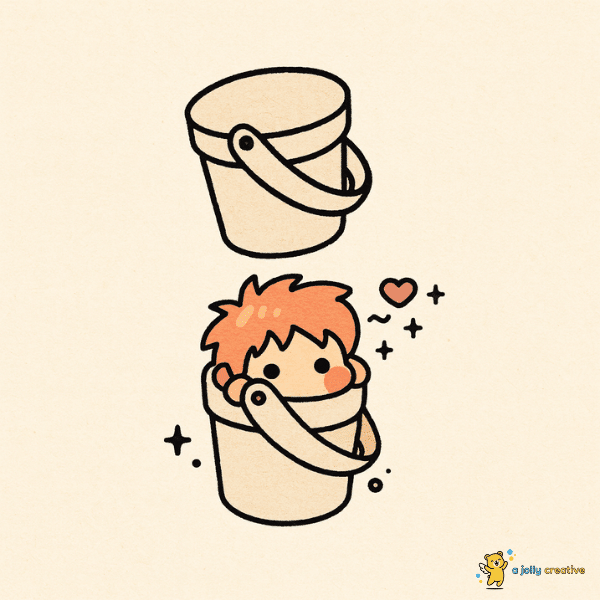
Her fins transition smoothly into arm-like appendages while maintaining aquatic functionality.
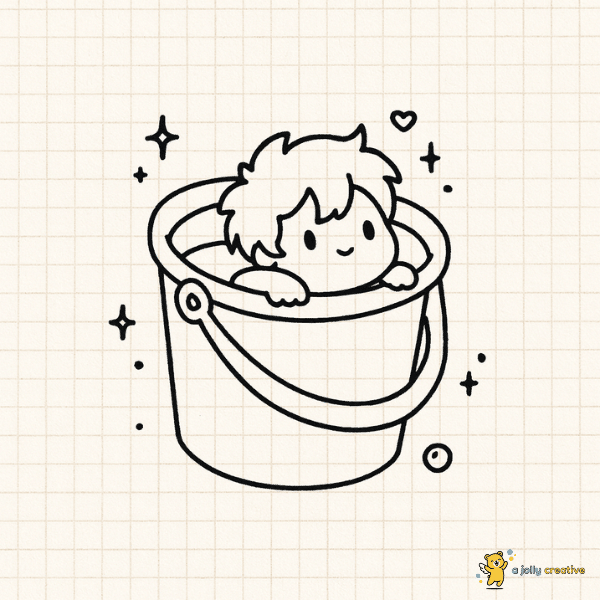
Bucket proportion relationships create charming scenes where Ponyo’s size relative to everyday objects emphasizes her magical nature and the wonder of her transformation abilities.
Little Boat
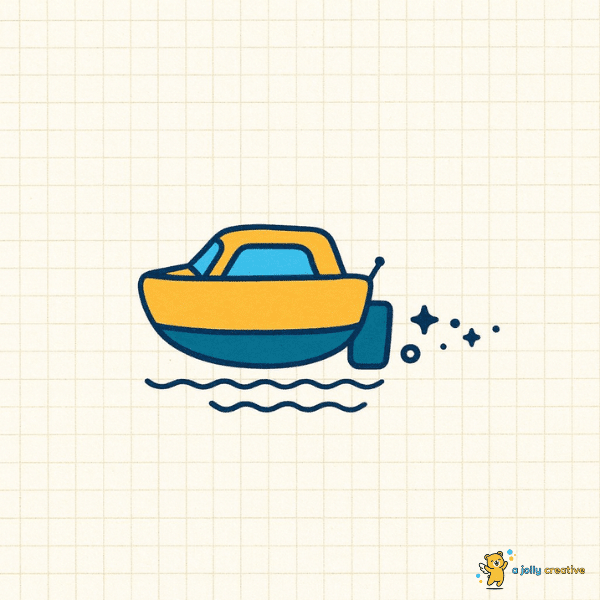
Nautical scene compositions featuring toy boats provide opportunities to practice water effects, wave patterns, and environmental storytelling that supports character action and narrative development.
Continue on your article: 22+ Free Bear Amigurumi Patterns for Crochet Lovers
Arietty
Face Shot
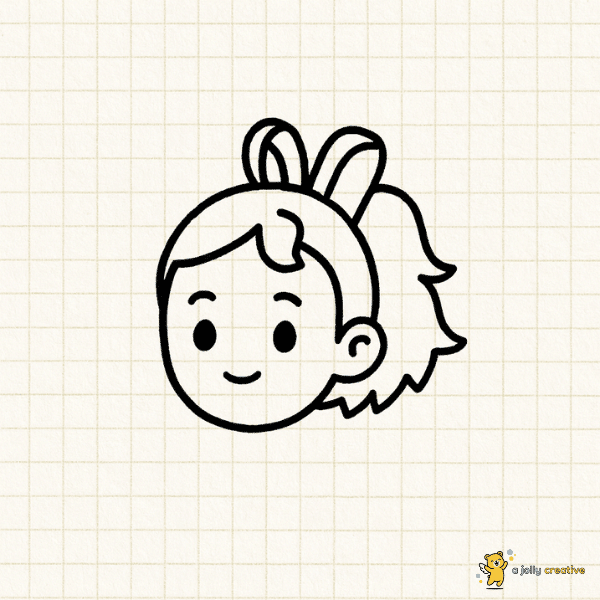
Miniature character proportions require careful attention to detail scaling and feature refinement. Arietty’s delicate features must remain visible and expressive despite her tiny size relative to the surrounding world.
Princess Mononoke
Kodama
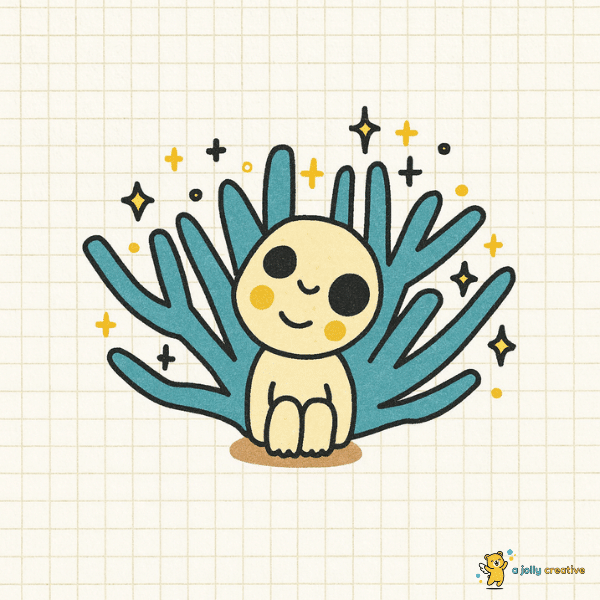
Tree spirit anatomy combines humanoid characteristics with plant-like qualities that suggest their deep connection to forest environments.
Mononoke Hime
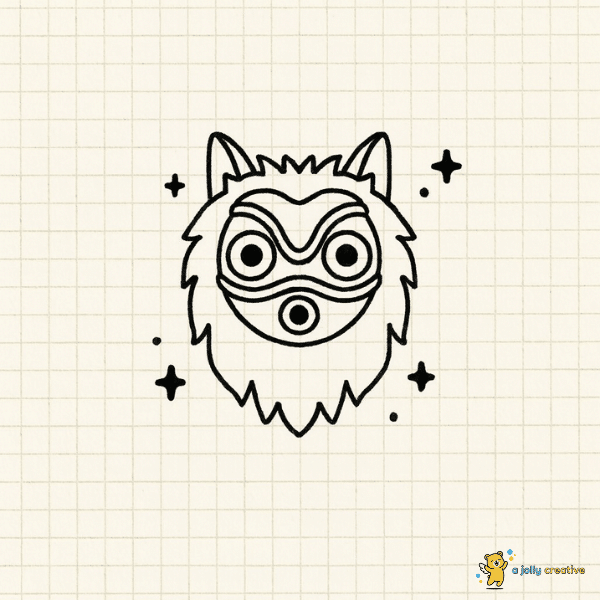
San’s fierce warrior appearance requires capturing both her human beauty and wild, untamed nature through careful attention to costume details, facial expressions, and body language that suggests strength and determination.
Face Shot
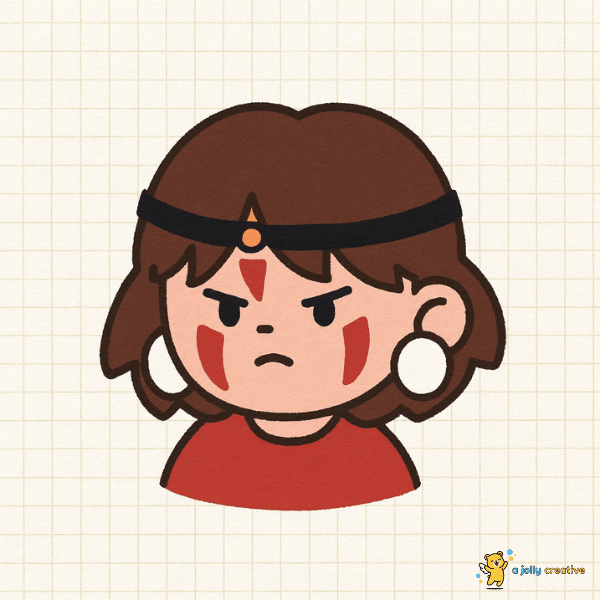
Warrior princess portraits focus on San’s intense gaze and facial markings that connect her to her wolf family while maintaining her human emotional depth and complexity.
About Face Shots
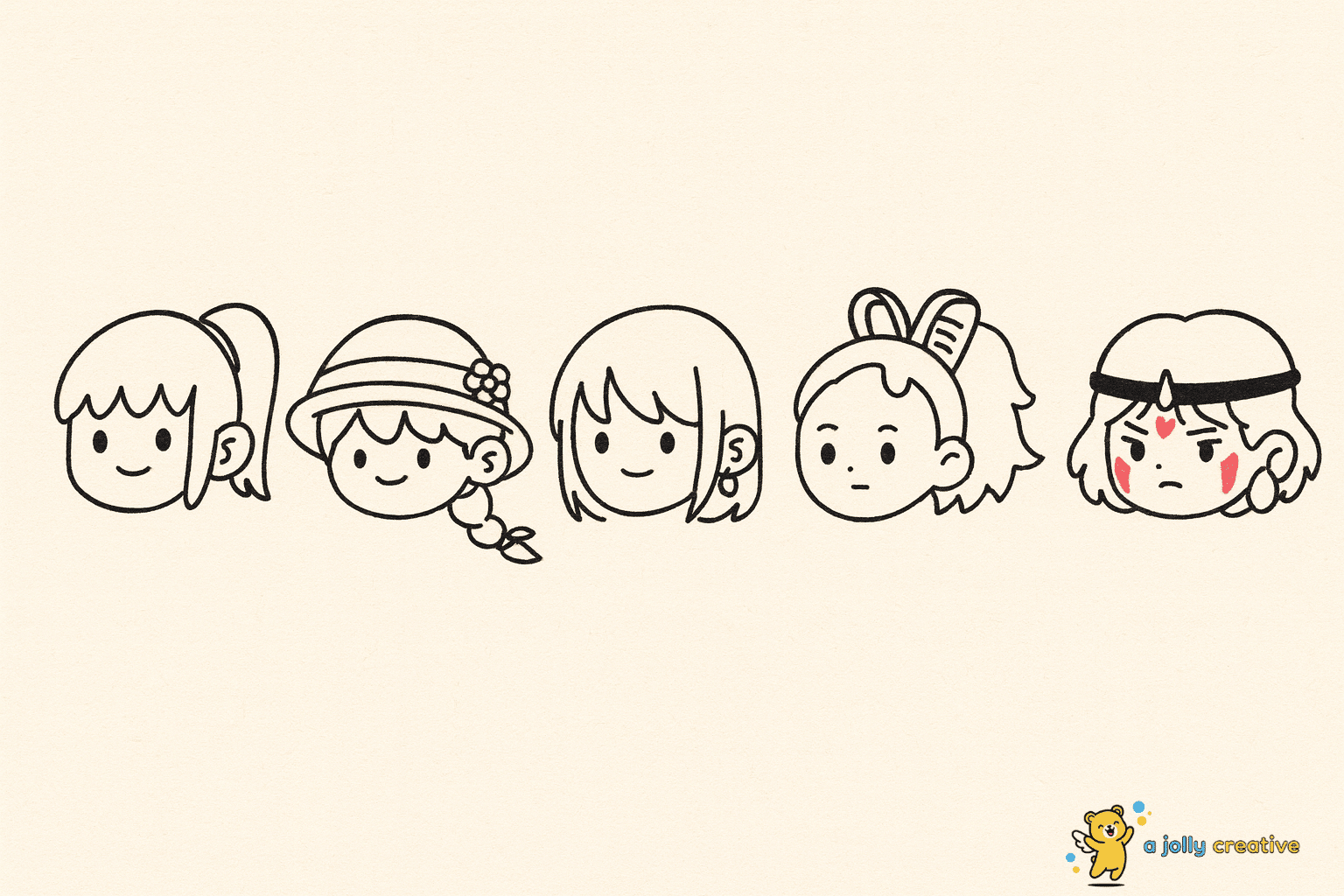
Portrait composition principles apply across all Ghibli characters but require individual approaches that honor each character’s unique personality traits and visual characteristics.
Don’t miss our article on: 13+ Cute & Free Miffy Amigurumi Patterns
Creative Ghibli Bunny Variations
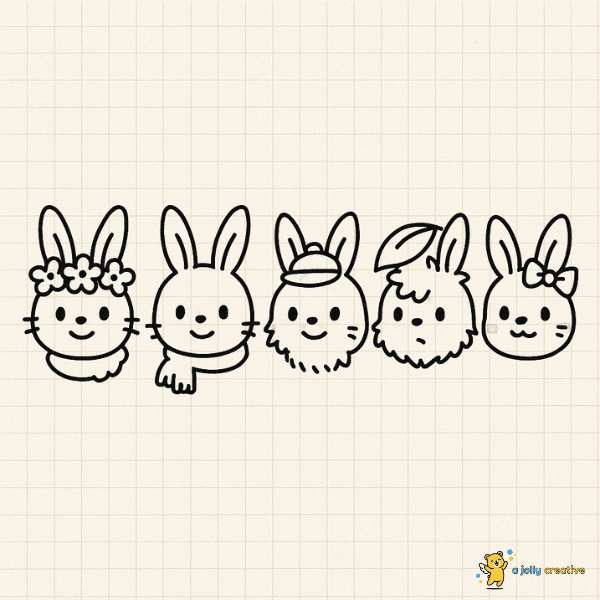
Totoro-inspired bunny characters combine the forest spirit’s gentle nature with rabbit characteristics like long ears and fluffy tails. These hybrid designs create original characters that feel authentically Ghibli while offering fresh creative possibilities.
Wrap Up
These ghibli drawing ideas provide endless creative possibilities for artists seeking to capture Studio Ghibli’s magical essence in their own artwork. From simple totoro drawings to complex spirited away character tutorials, each subject offers unique learning opportunities.
Practice and experimentation with these beloved characters will naturally develop your artistic skills while connecting you to the timeless stories and emotions that make Ghibli films universally cherished.
Hi, I’m Hazel Finch, a creativity enthusiast and writer at ajollycreative.com. I share easy drawing ideas, cozy gaming tips, and inspiration for creative hobbies. With a love for all things jolly and relaxing, I aim to help others discover the joy of creating in their own unique way. Follow my journey as I explore the world of art and play, one cozy activity at a time.

